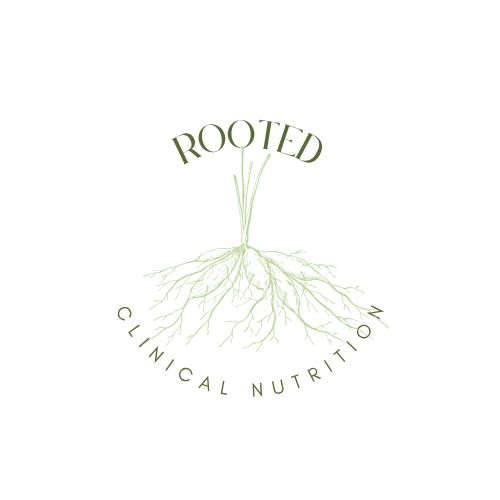Infant Nutrition: Birth to 6 Months
From birth to 6 months, growth occurs most rapidly than at any other period in the life cycle. In this period of development and growth, nutrition and meeting growth milestones is important for cognitive, motor and physiological functioning. It is important that infants are either breastfed or formula fed for the first six months of life. Breastfeeding is the gold standard for infant nutrition but it is important to remember that fed is best!
Breastfeeding
Breastfeeding is recommended by the World Health Organization, and the U.S. Dietary Guidelines along with a large body of research. It is encouraged to breastfeed exclusively for 6 months. Breastfeeding is associated with improved infant health, immune development, less incidences of gastrointestinal disease and lower mortality rates than formula fed infants. Breastfeeding increases diversity of bacteria in the infant’s gut microbiome. A diverse gut microbiome has been shown to reduce risks of developing chronic diseases, reduce inflammation, strengthen the immune system and lead to better overall health for all individuals. Breastfeeding also promotes bonding with mother and infant and is financially feasible as families will not have to budget for formula costs.
Infant Formula
When breastfeeding is not feasible due to low milk supply, parent choice, complications in pregnancy, employment or other reasons, formula is the only safe option for infant nutrition. Milk formula does not mimic breast milk, however all versions of infant formula (cow, soy, goat, specialty and hypoallergenic) all meet nutritional need. Research has shown that formula fed infants have an increased risk of developing obesity later in life. Formula may also be harder to digest for some infants. Formula does not have the bioactive compounds found in breast milk and does not support a diverse gut microbiome.6 It is important to practice passive feeding at an upright angle, similar to breastfeeding to reduce symptoms of reflux and indigestion.
Whether you breastfeed or formula-feed, the growth and health of your baby is the best indicator that they are eating enough!
-
0 to 5 months:
Wakes and tosses
Sucks on fist
Cries or fusses
Opens mouth while feeding (wanting more)
4 to 6 months:
Cries or fusses
Smiles/gazes at parent, coos while feeding (wanting more)
Moves head toward spoon or tries to swipe food toward mouth
-
0 to 5 months:
Seals lips together
Turns head away
Decreases/stops sucking
Spits out nipple or falls asleep
4 to 6 months:
Reduces rate of sucking/stops sucking
Spits out nipple
Turns head away
May be distracted or more attentive to surroundings
-
Plays a role in bone mineralization, balancing calcium and phosphorus, levels in the body, and is important in developing a healthy immune response along with cellular growth. Infants should consume 400IU daily. Formula is supplemented with adequate amounts of vitamin D, however breastfed babies should supplement with 400IU daily or the lactating mother can consume 6,400IU/day.
-
Infants are at risk for iron deficiency and iron deficiency anemia, leading to poor cognitive and motor development. If breastfeeding, it is important to test iron levels and continue with iron supplementation if needed while breastfeeding.
-
Lactation Consultant, CLC/IBCLC
Pediatric Chiropractor
References
Brown, J. Nutrition Through the Life Cycle. 7th Ed. Cengage; 2020.
Breastfeeding. World Health Organization. Accessed June 9, 2024. https://www.who.int/health-topics/breastfeeding#tab=tab_2
U.S. Department of Agriculture and U.S. Department of Health and Human Services. Dietary Guidelines for Americans, 2020-2025. 9th Edition. December 2020. Accessed June 9, 2024. Available at DietaryGuidelines.gov.
Lyons KE, Ryan CA, Dempsey EM, Ross RP, Stanton C. Breast Milk, a Source of Beneficial Microbes and Associated Benefits for Infant Health. Nutrients. 2020;12(4):1039. Published 2020 Apr 9. doi:10.3390/nu12041039

